Long Tong Festival: Discover the Traditional Spring Festival of the Tay People
The Long Tong Festival, celebrated by the Tay ethnic group in Ha Giang, is known as a “plowing festival”. Celebrated yearly from the 4th to the 10th day of the first lunar month, this vibrant celebration brings together the Tay people in their best traditional clothing as they assemble on the fields to carry out a long-standing custom. Let MOTOGO Tours find this celebration.
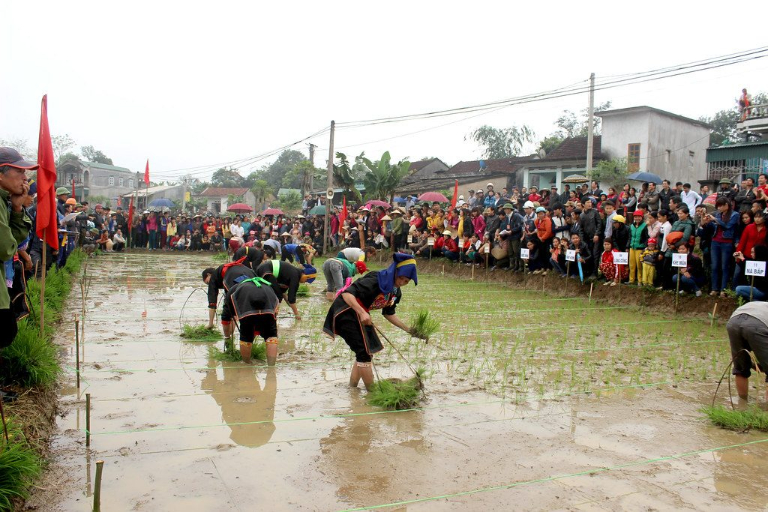
Overview of the Long Tong Festival: A Glimpse into Tay Culture
The Tay people of Ha Giang much value the Long Tong Festival. For this highland people, it represents their culture and is a major spiritual occasion. By means of this celebration, the Tay people show their relationship to the earth, their diligence, and their loyalty to the divine forces they consider to be protecting them. Honoring their ancestors and gods helps them to thank the harvest and hope for ongoing prosperity.
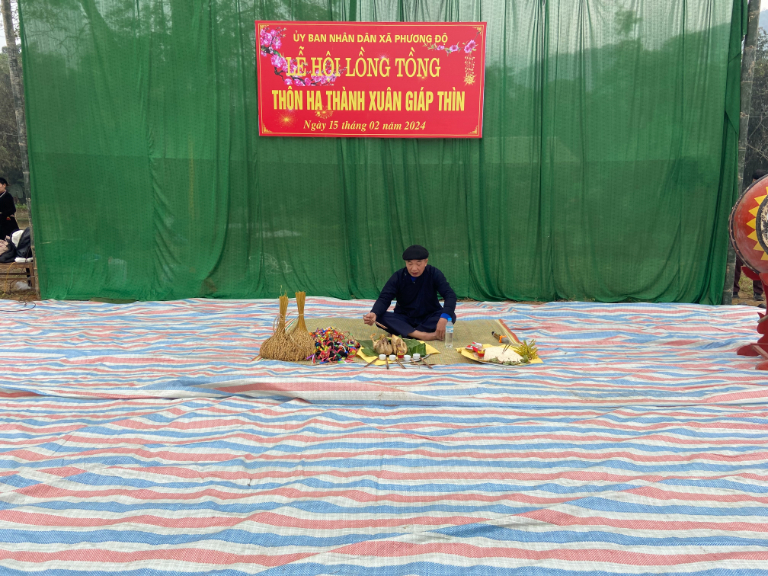
In recent years, the Long Tong Festival has gained recognition from from all throughout the province and surrounding areas, drawing visitors eager to explore the rich spiritual heritage of the Tay. Usually, Dao Duc Commune in Vi Xuyen District hosts the celebration.
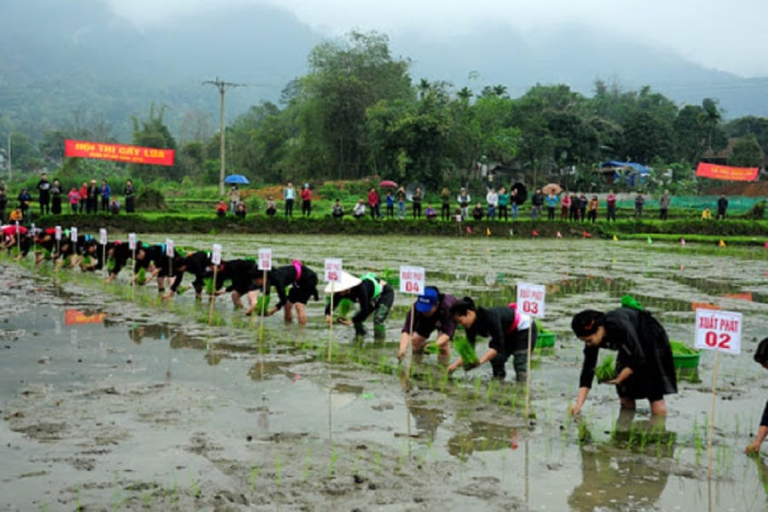
While the more joyous events take place on an open plain at the base of a hill close to Sung Khanh Pagoda, the ceremonial aspect of the celebration is usually conducted on the best, most rich fields in the hamlet. Set against Ha Giang’s rural surroundings, this special cultural mix produces an immersive experience for residents as well as visitors.
>>> Experience the Khau Vai Love Market Festival in Ha Giang
Distinctive Aspects of the Long Tong Festival in Ha Giang
1. Ceremonial Elements of the Festival
A sequence of rites meant to honor the gods and bless the community marks the Long Tong Festival. Starting the ceremony with a respectful respect to village deities, Earth and Sky, the Mountain God, the Water God, and notably the god of agriculture, who is summoned to guarantee a good planting season, the Tay people start the process.
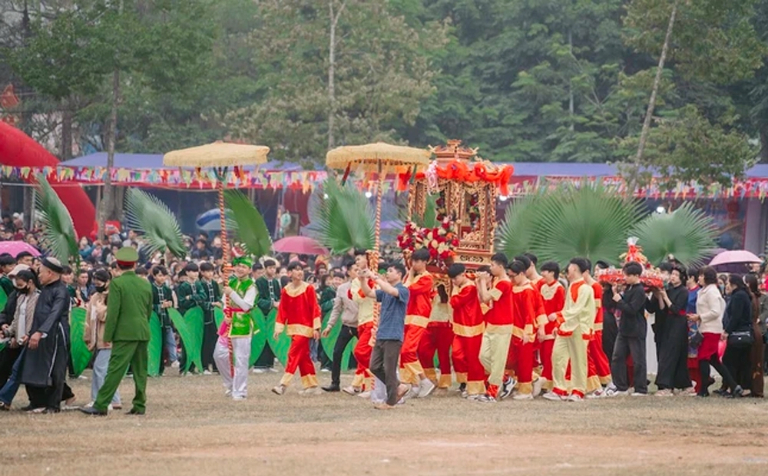
The ceremony opens with the choice of a revered village elder, a model citizen, and a talented plowman who shapes the first furrow in the field, therefore completing the opening act of the festival. This custom marks the beginning of the agricultural cycle and is supposed to bring success and fortune to the harvest. Following this beginning, a more extensive ceremonial scene opens out.

On a ceremonial altar, villagers set offerings; they choose the most exquisite field to show gifts to the gods. These presents reflect the harmony of heaven and earth: cattle, traditional cakes, rice wine, and multicolored sticky rice. Four households from each village are selected as part of the custom to present offerings, which vary in scale based on their finances but always contain basic goods like chicken, pork, sticky rice, and eggs.
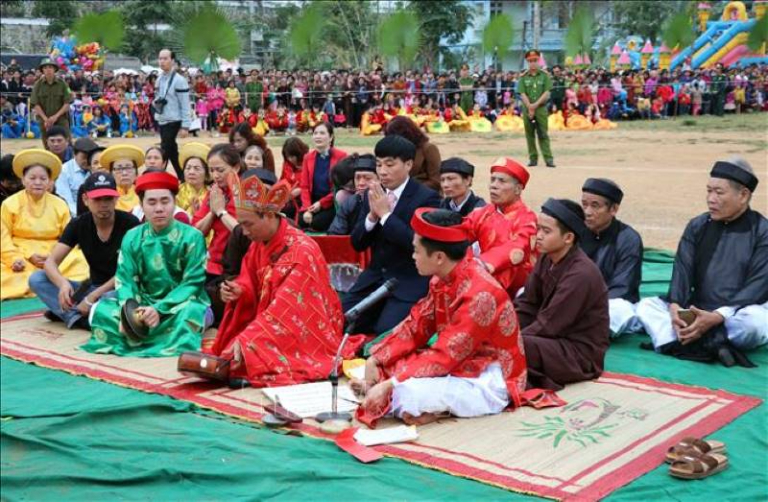
The ceremonial ceremony began with a strong drum and gong as the head celebrant led prayers for the welfare of the society. Often a highly esteemed member of the community, this leader conducts a somber prayer asking the gods for peace, good weather, plenty of harvests, and happiness for every household. Following the prayers, a master shaman—also known as “thay mo—performs a water ceremony utilizing “holy water” imported from the source of the mountain by the most beautiful young women from the hamlet.

Custom says that anyone who catches a splash of this water will be blessed with good fortune all year long. At last, the shaman calls out a sequence of invocations to the mountain god, the river god, and the deity of agriculture—who are supposed to defend the harvest, preserve the health of the people, and guarantee the peaceful running of their lives.
2. Festive Activities at the Festival
After the ceremonies, the festival changes into a happy celebration full with customs and entertainment including traditional sports. Both residents and guests of the Long Tong Festival partake in the celebrations, therefore drawing big numbers of people. Highlights of the event are old activities including spinning tops, tug of war, “nem con,” a kind of dart-throwing game, and plowing contests. Still, the “nem con” game stays a particular fan favorite.
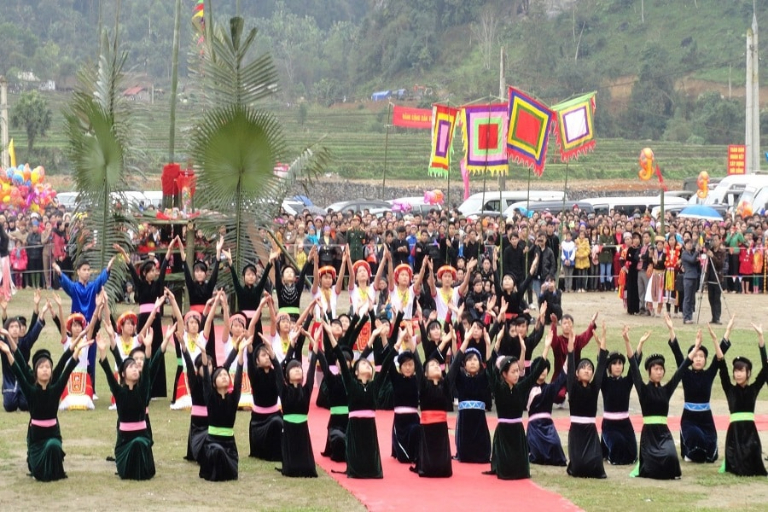
In “nem con,” participants toss a vibrantly colored fabric ball into a ring set atop a tall bamboo pole. Most people agree that if the ball passes the ring, it will bring protection and good fortune to the entire community for next year. Furthermore, it is seen as even more favorable omen of the gods if the cloth wrapping on the ball tears upon impact. On the other hand, failing to reach the goal is supposed to indicate possible difficulties or bad luck in the next year.
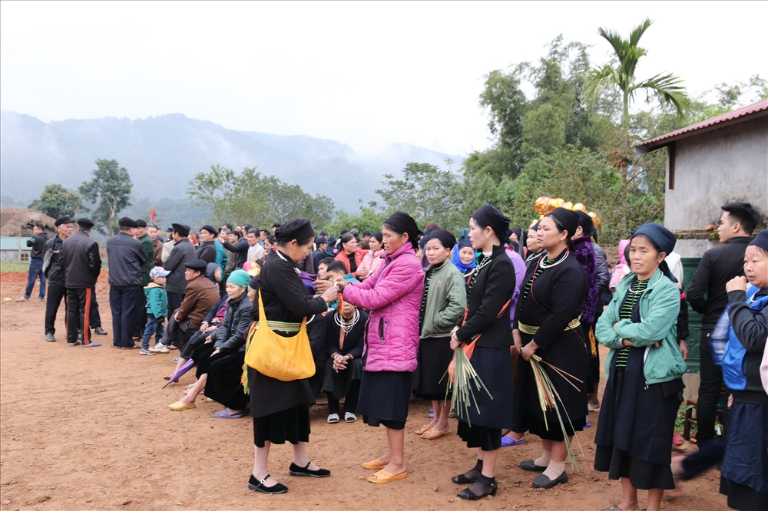
Apart from “nem con,” the plowing event highlights the power and ability of young men from the hamlet vying to see who can plow the fastest and most straight furrows. This tournament honors agricultural ability and provides entertainment value as well as a pride-show for the society.
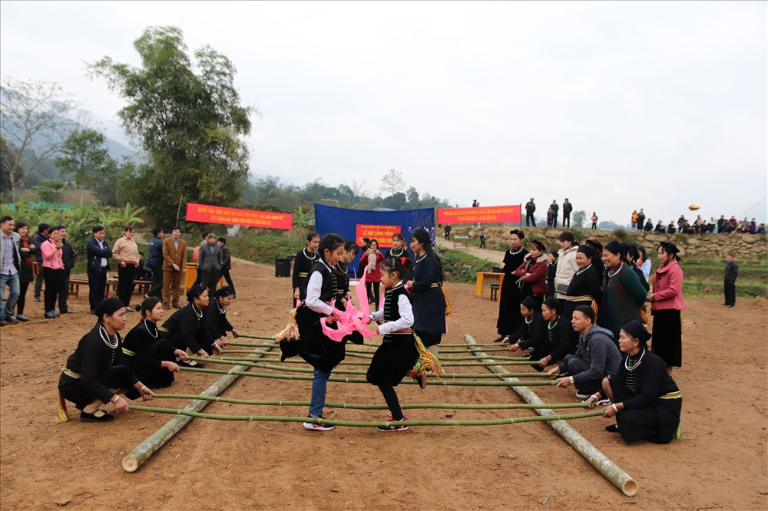
For the young people in the area, the celebration also turns into a social center. Using traditional dances, music, and lighthearted interactions, young men and women use this chance to meet, connect, and occasionally even court each other. For many, the Long Tong Festival celebrates shared history and provides an opportunity to create fresh links and reinforce the bonds inside the society.
>>> Gau Tao Festival: Experience the Heart of Ha Giang’s Cultural Heritage
Long Tong Festival as a Cultural Treasure and Tourism Attraction
The Long Tong Festival draws an increasing number of visitors eager to personally experience the cultural diversity of the Tay people, therefore transcending mere local celebration. A rare window into the Tay’s perspective and values, the festival’s mix of energetic ceremonies, lighthearted activities, and spiritual relevance of their relationship with the land reflects The guests not only experience unusual Tay customs but also learn to value the dedication of these highland people to safeguarding their customs.
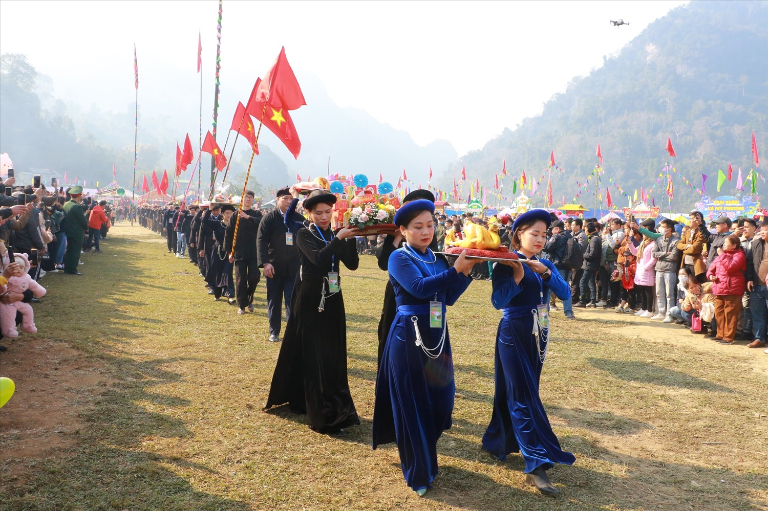
The simplicity and genuineness of the Long Tong Festival events typically inspire tourists. The tough scenery of Ha Giang offer a lovely contrast to the vibrant Tay clothing and ceremonial objects. For visitors who visit, the celebration provides an eye-opening event emphasizing the careful balance the Tay people preserve between environment and customs.

By means of the water ritual, ceremonial plowing, and several games, the Long Tong Festival educates guests about the dependence on and respect for nature of the Tay people. The celebration reflects their prayers and thanks for the ground, weather, and spirits that sustain their way of life, not only about fun and games. The Long Tong Festival provides many guests with a once-in-a-lifetime opportunity that enhances their knowledge of Vietnamese highland civilization.
Preserving the Long Tong Festival for Future Generations
The Tay people and Ha Giang officials have grown more conscious of the need to share the authenticity of the Long Tong Festival with a larger audience while preserving it as tourism rises. They want to welcome guests without sacrificing the cultural legacy that has been meticulously preserved over ages by creating a polite surroundings.
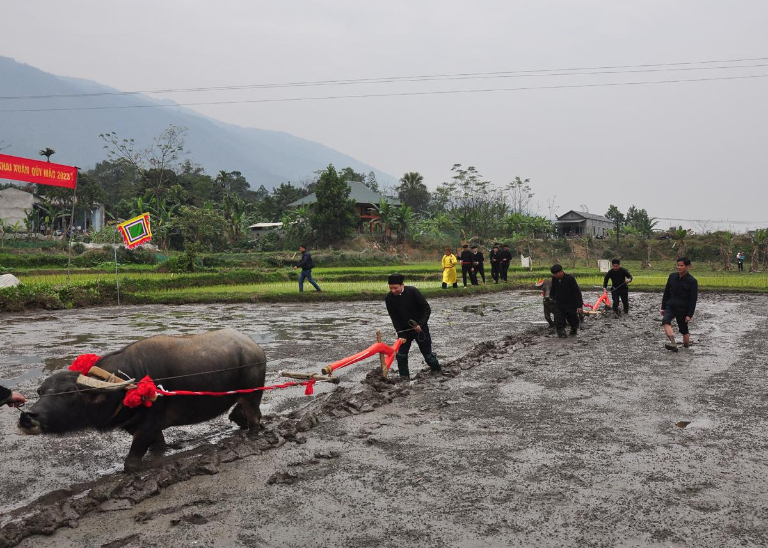
The Long Tong Festival is evidence of the Tay people’s commitment to their rituals in a time when commercialism often shapes traditional celebrations. By means of careful management and polite interaction with tourists, the Tay people intends to pass on this festival to next generations and provide a window of their culture to the world. Apart from a time for spiritual contemplation and celebration, the Long Tong Festival is an essential component of the Tay people’s cultural identity.
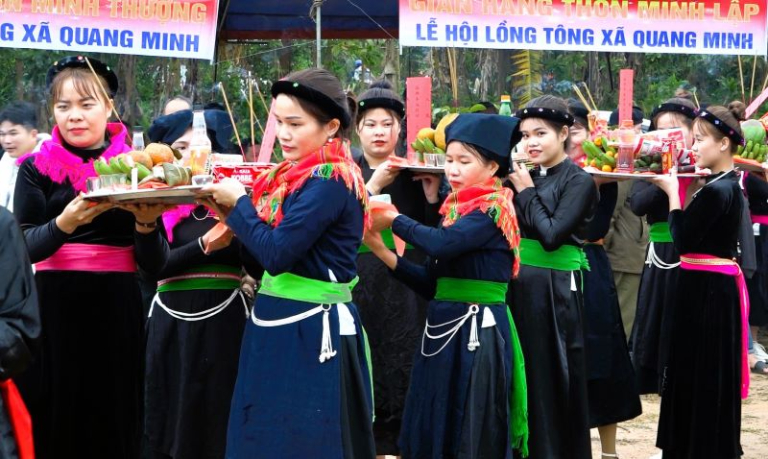
Both residents and visitors come annually to honor this amazing legacy as the festival grows more well-known. Guiding by the firm idea that their ancestors and gods are watching over them, the Tay people renew their hopes for the future with each plowed furrow, holy drop of water, and spirited game. Attending the Long Tong Festival serves as a sobering reminder of the ongoing strength and beauty of Vietnam’s cultural variety as well as the unflinching spirit of its people.
The Long Tong Festival is a potent statement of Vietnamese values, customs, and the agricultural way of life that has kept the Tày people going for millennia, not only a celebration. Reminding both guests and residents of their connection to the ground and to one another, the event captures the resiliency and harmony of local people. The Long Tong Festival provides an amazing trip into the core of Vietnamese heritage for everyone fascinated by the concept of participating in a distinctive cultural festival.
Related posts:
- Explore Top 09 Famous and Unique Festivals in Ha Giang
- Cap Sac Festival in Ha Giang | Discover the Unique Tradition of the Dao Ethnic Group
- Ha Giang’s Fire Jumping Festival | Exploring the Pa Then’s Tradition
- Exploring the Buckwheat Flower Festival in Ha Giang: A Stunning Natural Experience







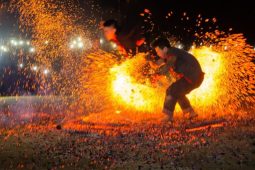
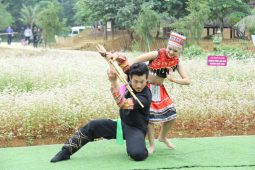
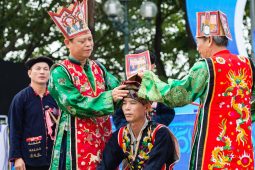
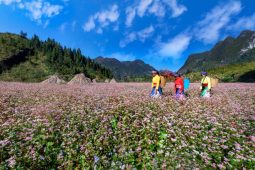
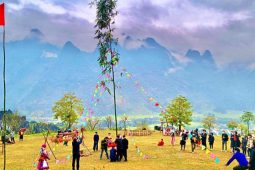
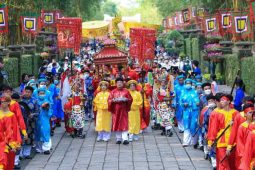
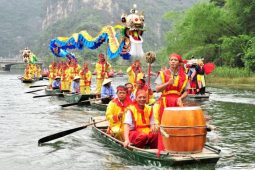
Be the first to comment!